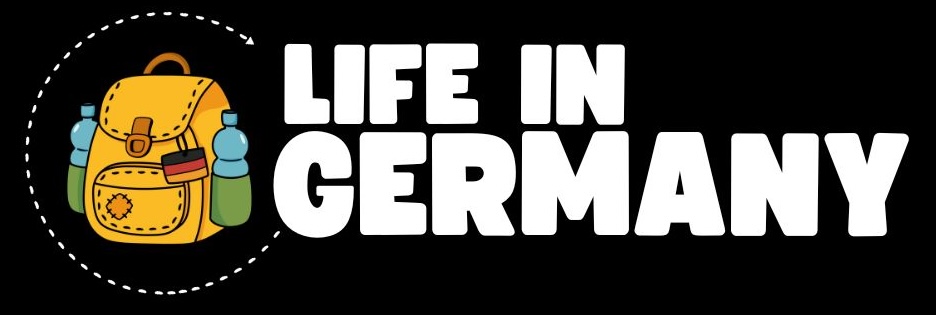The differences between German schools and Canadian schools can be quite drastic. In this blog, we’ll explore seven key differences that define the experience of students in German schools. From unique traditions to daily routines, these aspects can significantly shape a child’s educational journey.
7 Things Different at German School 📚
- 1. The First Day of School: The Schultüte Tradition 🎉
- 2. Dress Code: Strict Regulations vs. Casual Comfort 👗
- 3. Transportation: Public Transit vs. School Buses 🚌
- 4. School Hours: Shorter Days, Longer Breaks ⏰
- 5. Lunch: Catered Meals vs. Packed Lunches 🍽️
- 6. Class Size: Similar but Perceived Differently 👩🏫
- 7. Homework: Less is More 📚
- Conclusion: Embracing the Differences 🌍
1. The First Day of School: The Schultüte Tradition 🎉
The first day of school in Germany is a momentous occasion, particularly for children entering grade one. One of the most cherished traditions is the Schultüte, a colorful cone filled with goodies, school supplies, and treats. This delightful custom marks the beginning of a child’s educational journey.
Parents often prepare the Schultüte weeks in advance, filling it with snacks, toys, and school essentials. The excitement surrounding this tradition helps ease the transition into a new environment. In contrast, Canadian students might remember their first day of school by wearing new outfits, but the Schultüte adds a unique flair to the German experience.
2. Dress Code: Strict Regulations vs. Casual Comfort 👗
In Germany, the dress code in schools can be quite strict. Many schools have regulations on what students can wear, even banning leisurewear like sweatpants. This contrasts sharply with Canadian schools, where students often enjoy more relaxed clothing options.
In Canada, students might flaunt their favorite jeans or casual outfits without restrictions, while German students may feel pressured to adhere to their school’s dress code. This difference highlights varying cultural attitudes toward self-expression and comfort in the classroom.
3. Transportation: Public Transit vs. School Buses 🚌
How students get to school varies significantly between Germany and Canada. In Germany, it’s common for children to use public transportation, such as trams or buses, to reach their schools. Many students ride their bikes or scooters, showcasing a sense of independence from a young age.
Conversely, Canadian students often rely on yellow school buses for transportation. Parents usually drive their children to school, leading to a different dynamic regarding independence and responsibility. This cultural difference emphasizes how safety perceptions shape the way students commute to school.
4. School Hours: Shorter Days, Longer Breaks ⏰
Another significant difference is the length of the school day. In Germany, students often finish school by lunchtime, around 12 PM to 2 PM, depending on their schedule. This allows for a more balanced day, giving students time for extracurricular activities or family time in the afternoon.
In Canada, however, school days are generally longer, often running until 3 PM or later. This can create a more intense day for students, as they juggle homework and after-school activities. The German approach promotes a healthier work-life balance, allowing children to engage in various interests outside school hours.
5. Lunch: Catered Meals vs. Packed Lunches 🍽️
In Germany, many schools offer catered lunch options, allowing students to enjoy warm meals during the school day. This system alleviates the need for parents to prepare lunch daily, which can be a significant time-saver.
In contrast, Canadian students often bring packed lunches, which can range from sandwiches to snacks. The quality of food can vary greatly, and students may be tempted to choose less nutritious options. German schools generally prioritize healthy meals, fostering better eating habits among children.
6. Class Size: Similar but Perceived Differently 👩🏫
Class sizes in both countries tend to be comparable, with an average of around 21-26 students per classroom. However, the perception of class size can differ. In Canada, larger class sizes are often criticized, while in Germany, parents may express dissatisfaction even with similar numbers.
This difference in perception highlights cultural attitudes towards education and the importance placed on individual attention from teachers. Smaller class sizes are often associated with better educational outcomes, leading to differing expectations from parents in both countries.
7. Homework: Less is More 📚
One of the most notable differences is the amount of homework assigned. German schools typically give less homework compared to their Canadian counterparts. The belief in Germany is that education should primarily take place within school hours, leading to a more relaxed approach to homework.
In Canada, students often face heavy homework loads, which can lead to stress and burnout. This difference in educational philosophy underscores varying beliefs about the role of homework in a child’s learning experience.
Conclusion: Embracing the Differences 🌍
Understanding these differences can provide valuable insights into the educational experiences of children in Germany and Canada. Each system has its strengths and weaknesses, influenced by cultural values and societal expectations.
As we reflect on these seven things that are different at German schools, it’s essential to appreciate the unique traditions and practices that shape a child’s education. Whether it’s the Schultüte on the first day of school or the approach to homework, these differences contribute to the rich tapestry of global education.
For those considering a move to Germany or simply interested in learning more about the language and culture, resources like Lingoda can be incredibly helpful. They offer online language classes that can enhance your understanding of the German education system and culture.
Made with VideoToBlog





